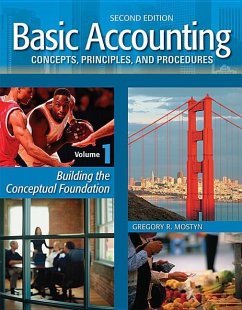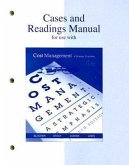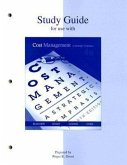The book, along with the second volume, is designed to perform two functions: 1) It functions as a comprehensive yet highly user-friendly, step-by-step, introduction to financial accounting. The book includes a unique self-study feature that is otherwise available only in expensive textbooks used exclusively for the classroom: the book contains both practice tests and answers and over 800 questions and problems, all with fully-available detailed answers included in the book's CD and online for desktop and mobile use (See page xvii: ''How to Use This Book.'') 2) The book functions as a practical reference for bookkeepers, managers, owners, and investors who need to know proper foundational accounting methods and need to understand / analyze the meaning of financial reports. (Some examples: see pages, 364-367, 448, 658-659, 682, 713-716). The book also functions as a valuable reference for small business owners...
Hinweis: Dieser Artikel kann nur an eine deutsche Lieferadresse ausgeliefert werden.
Hinweis: Dieser Artikel kann nur an eine deutsche Lieferadresse ausgeliefert werden.








